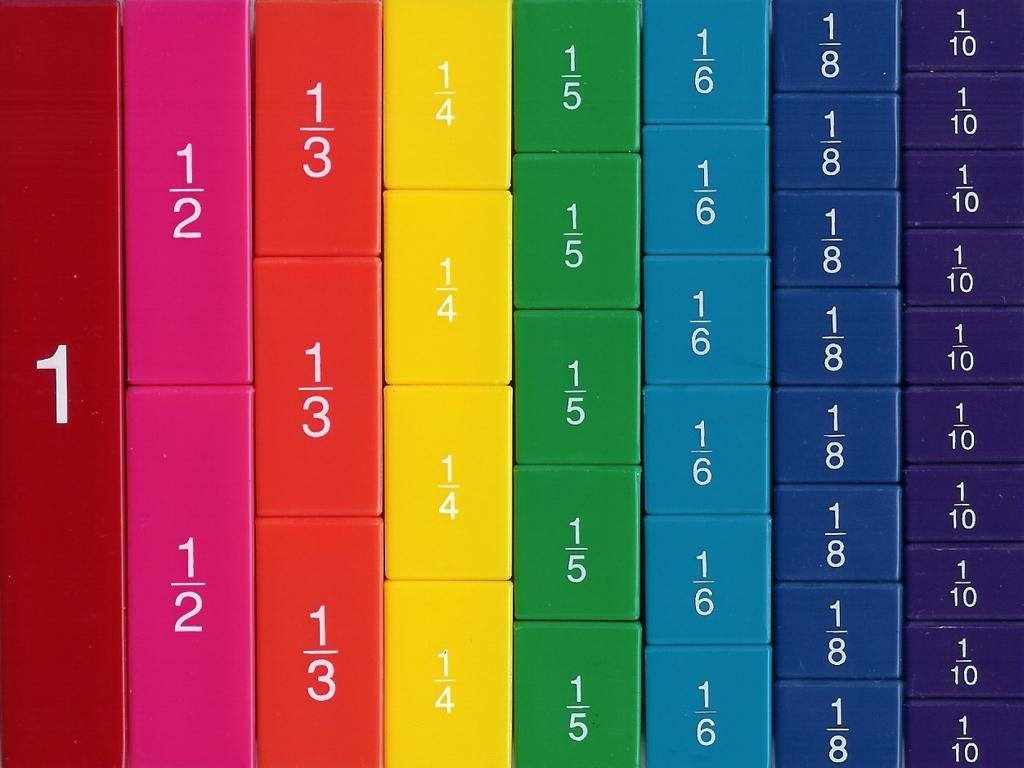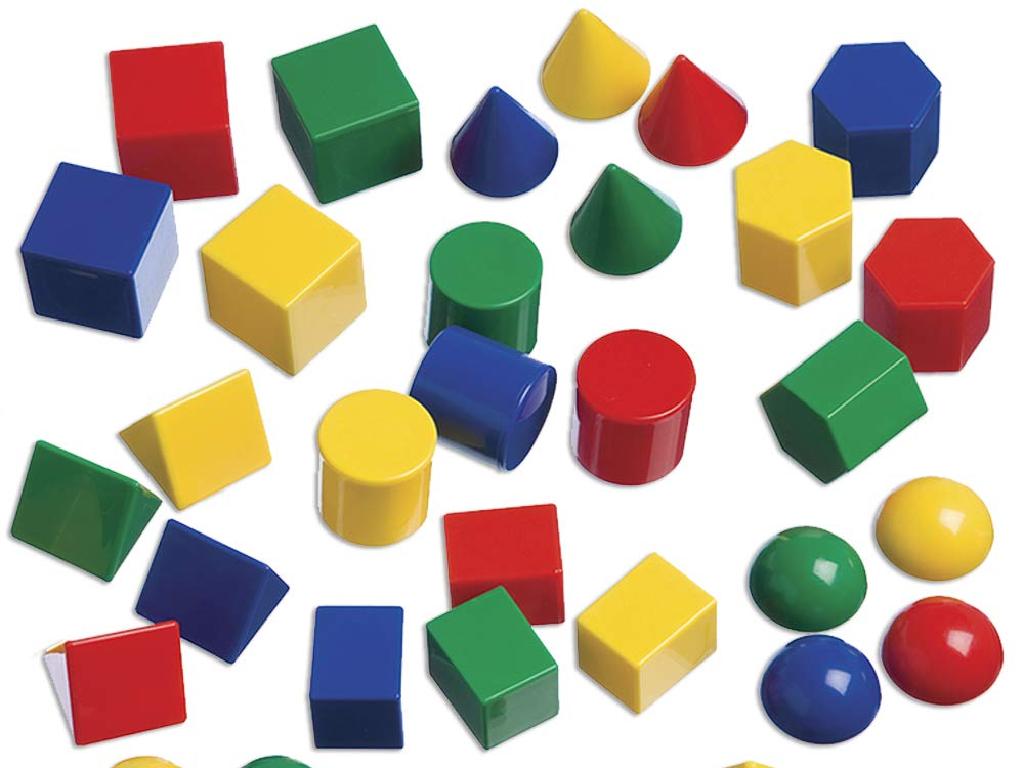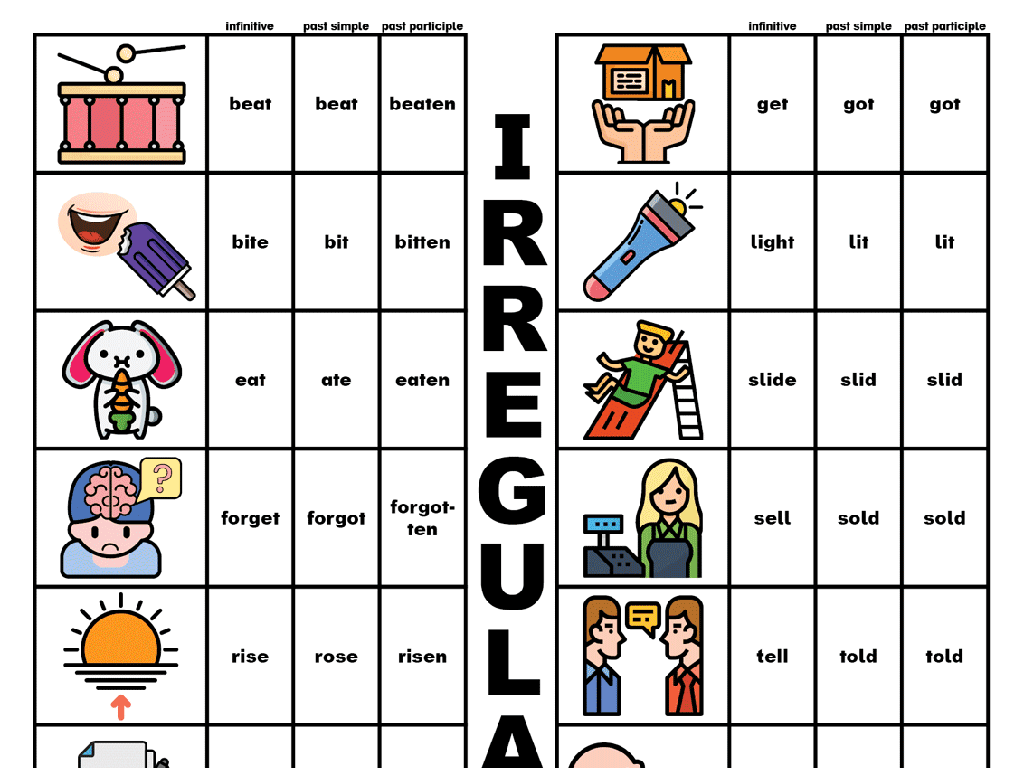Coordinate Planes As Maps
Subject: Math
Grade: Fifth grade
Topic: Coordinate Plane
Please LOG IN to download the presentation. Access is available to registered users only.
View More Content
Welcome to Coordinate Planes!
– Basics of a coordinate plane
– A grid with two axes, X (horizontal) and Y (vertical)
– Coordinate planes in daily life
– GPS systems use coordinates to locate places
– Using planes as maps
– Like a treasure map, find points using X and Y coordinates
– Today’s learning objective
|
This slide introduces students to the concept of coordinate planes and their practical applications. Begin by explaining the structure of a coordinate plane, emphasizing the horizontal X-axis and vertical Y-axis. Discuss how coordinate planes are not just mathematical concepts but are also used in real life, such as in GPS navigation systems to pinpoint locations. The main focus of today’s lesson is to understand how to use coordinate planes as maps, which will help students visualize and locate points using X and Y coordinates. Engage the class by relating the concept to a treasure map, where they have to find the treasure by following coordinates. This will set the stage for interactive activities where students can practice plotting points on a coordinate plane.
Exploring the Coordinate Plane
– Define a coordinate plane
– A flat surface with two number lines: horizontal (X-axis) and vertical (Y-axis)
– Discover the X and Y axes
– X-axis runs left to right; Y-axis runs up and down
– Learn about the four quadrants
– Quadrants are four sections made by the axes, labeled I to IV starting from the top right
– Understand coordinates and mapping
– Each point is defined by an (x, y) pair, showing its position on the map
|
Begin with a simple definition of a coordinate plane, emphasizing its two-dimensional nature with intersecting lines that create a grid. Explain the X-axis and Y-axis, ensuring students understand their orientation and labeling. Introduce the concept of quadrants, the four distinct areas of the plane, and how they are numbered in a counter-clockwise direction starting from the top right. Finally, demonstrate how every point on the plane can be represented by a pair of coordinates, which is crucial for using coordinate planes as maps. Use examples relevant to students, such as locating places on a map grid, to solidify their understanding.
Plotting Points on Coordinate Planes
– How to plot points (x, y)
– Find x on the horizontal axis, then y on the vertical
– Let’s practice plotting points
– We’ll plot points as a class activity
– Example: Plot (3, 2)
– Start at the origin, move 3 right, 2 up
– Understanding coordinates
– Coordinates tell us the exact location on the map
|
This slide introduces students to the concept of plotting points on a coordinate plane, which is a foundational skill in understanding how coordinate planes work like maps. Begin by explaining the coordinate system, where the first number (x) represents the horizontal position, and the second number (y) represents the vertical position. Use the example (3, 2) to show students how to start at the origin (0,0), move 3 units to the right along the x-axis, and then 2 units up along the y-axis. For the class activity, provide students with a list of points to plot on a blank coordinate plane. Encourage them to verify each other’s work to foster collaborative learning. The goal is for students to become comfortable with finding locations on a map using coordinates.
Coordinate Planes as Maps
– Maps as coordinate planes
– Think of a map grid with horizontal and vertical lines
– Using coordinates to find locations
– Each place has a unique pair of numbers (x, y)
– Example: Playground at (5, -4)
– The playground is 5 steps right, 4 steps down from the origin
– Practice with different locations
|
This slide introduces students to the concept of using coordinate planes as maps, which is a fundamental part of understanding spatial relationships in mathematics. Start by explaining how a map can be seen as a coordinate plane with an x-axis (horizontal) and y-axis (vertical). Teach students how to find locations using coordinates by identifying the x (horizontal) position first and then the y (vertical) position. Use the example of locating a playground to make the concept tangible; for instance, if the playground is at (5, -4), it means you move 5 units to the right (positive direction on the x-axis) and 4 units down (negative direction on the y-axis). Encourage students to practice with different locations on a map grid to solidify their understanding.
Navigating the Map: Coordinate Planes
– Use coordinates to navigate
– Move from one point to another using (x, y) coordinates
– Directions and distances on planes
– Learn how to measure the space between points
– Activity: School to Library
– Guide a friend using coordinates from (0, 0) to (8, 5)
|
This slide introduces students to the concept of using a coordinate plane as a map to navigate from one location to another. Emphasize the importance of understanding the (x, y) coordinate system and how it relates to real-world directions and distances. For the activity, students will apply their knowledge by directing a friend from the school, located at the origin (0, 0), to the library at (8, 5). This practical exercise helps solidify their understanding of coordinate planes. Provide detailed guidelines for the teacher to facilitate the activity, including variations such as navigating to different points or using obstacles to make the path more complex.
Coordinate Planes in the Real World
– GPS and coordinate planes
– GPS systems use coordinates to pinpoint locations on Earth.
– Video games use coordinates
– Characters and objects are placed using coordinates in games.
– Discuss other coordinate uses
– Can you think of other places where coordinates are helpful?
– Understanding practical applications
|
This slide aims to show students how the coordinate planes they learn in math class apply to everyday life. GPS technology, which they might be familiar with from car navigation systems or smartphones, relies on coordinates to provide accurate location information. Video games, which many students enjoy, use coordinate planes to design levels and control character movement. Encourage the class to think of other areas where coordinate planes might be used, such as in robotics or architecture, to help them appreciate the value of what they’re learning. This discussion can lead to a deeper understanding of the importance of math in technology and various industries.
Class Activity: Create Your Map!
– Design a map on a coordinate plane
– Place 5 landmarks with coordinates
– Example: School (2,3), Park (5,4), Library (1,5)
– Exchange maps with a classmate
– Find the landmarks on your partner’s map
– Use the coordinates to locate each landmark
|
In this engaging activity, students will apply their knowledge of coordinate planes by creating their own maps. They should draw a grid representing the coordinate plane and choose at least five landmarks to place on their map, assigning coordinates to each one. Encourage creativity in their map-making. After creating their maps, students will pair up and exchange their maps with a partner. They will then use their understanding of the coordinate system to find the landmarks on their partner’s map. This activity reinforces the concept of coordinates and spatial awareness. Possible variations for different students could include using a larger grid, adding more landmarks, or even creating a story about a journey between the landmarks.
Mapping Our World with Coordinates
– Recap: Coordinate planes as maps
– Why coordinates matter
– Coordinates help us find places easily
– Homework: Map your neighborhood
– Use a grid to draw your area and mark locations
– Label key spots on your map
– Include places like your home, school, or park
|
As we conclude today’s lesson, remember that coordinate planes are not just for math class they’re used in maps to locate places in the real world. Understanding how to use coordinates is essential for navigation and geography. For homework, students will apply what they’ve learned by creating a map of their neighborhood on a coordinate plane. They should label important locations, such as their home, school, and favorite hangout spots. This will help reinforce their understanding of coordinate planes and how they relate to real-world contexts. Encourage creativity and accuracy in their maps. In the next class, we can discuss the different locations students chose to include and why they are important to them.






